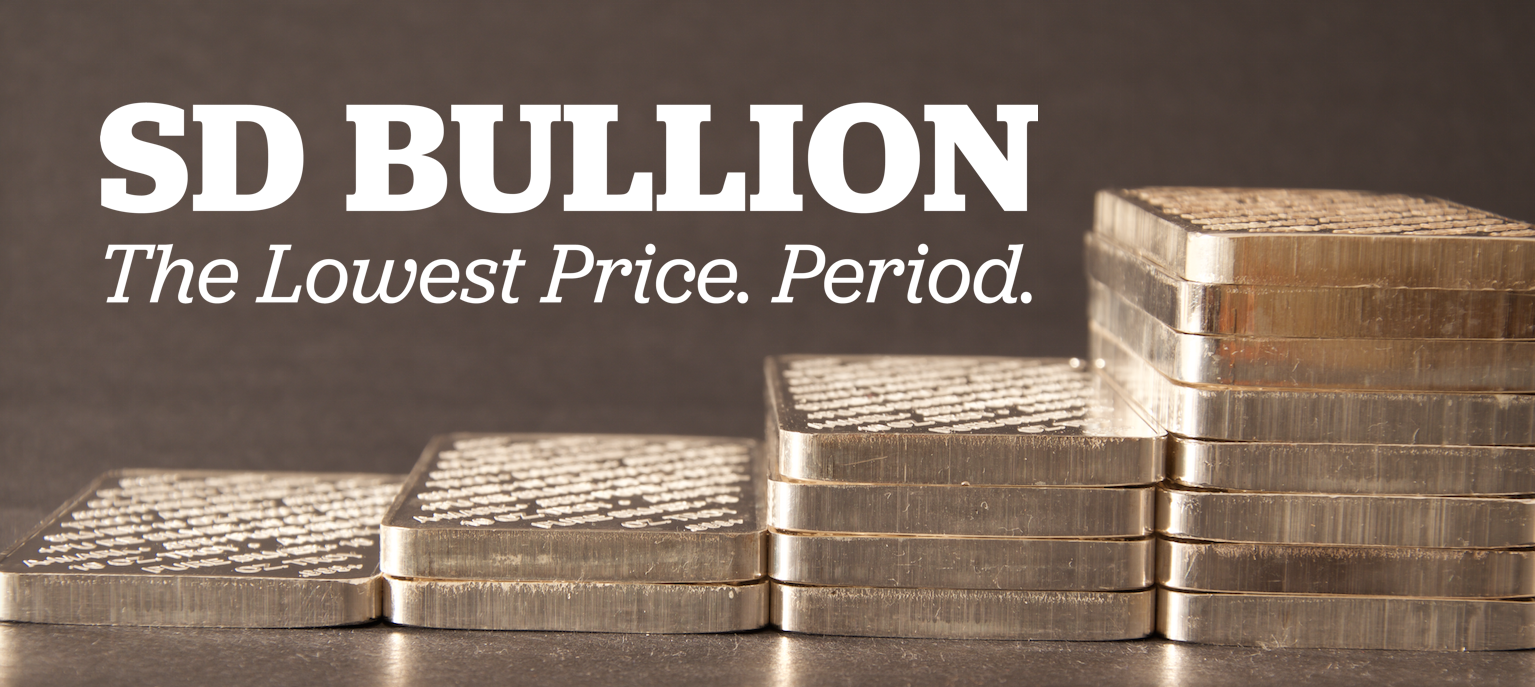As the Chinese economy continues to grow in the aftermath of lockdowns and the pandemic, experts are now questioning for how long will the U.S. dollar still be able to maintain its sole reserve currency status?
In this week’s video, James Anderson, reporting for SD Bullion, starts by analyzing Jeffrey Gundlach’s interview to Yahoo! Finance. Gundlach, Founder and CEO of DoubleLine Capital, talks about how the US is starting to fall behind on economic growth to China. One of the main reasons being that a lot of US consumption is going to China.
Gundlach goes on by saying how now the estimates are projecting China to surpass the US as the biggest economy in the world still in the 2020s, maybe around 2028. In his view, in order to overturn this scenario, the US would have to enforce some significant policy changes, especially when it comes to controlling the highest inflation levels since the 1980s.
Similar inflation levels are already raising red flags in Europe, especially in Germany, where gold demand is reaching a decade high. It is no surprise that European investors are now being more cautious about their investment portfolio and more aggressive towards buying gold bullion allocations.
In the same interview, Gundlach shared his conviction that the fiat federal reserve notes purchasing power will ultimately crash. As a consequence, gold prices will continue to go higher, even more than it has in the past couple of years.
On that note, James examines how much gold would have to rise by the year’s end in order to reach all time high nominal price levels in each of the 20 largest fiat currencies trading globally today, from the Brazilian Real to the US Dollar.
With a few exceptions, the conclusion is that gold would have to surge only from 10% to 25% to break the record established in 2020 for most of the fiat currencies analyzed. For the US Dollar, specifically, gold would have to go up only 15%, about $250 per troy ounce.
We hope this week’s market update has been useful to bring you some context as to what is going on in the global gold market and what we could, potentially, expect from the near future.

















